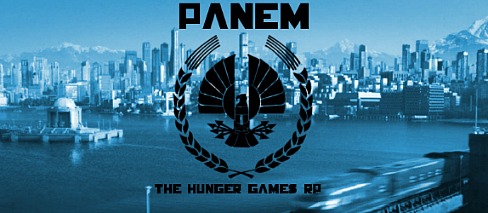I found my-self very bored in Edible items Station, which thing surprised me as I should pay attention to everything useful for the Games! I sat down hearing the instructor's information about what to eat and what not. He started of with plants:
- It is vital that you can identify the wild edible plants that you intend to utilize. He said in a calm tone.
Some edible plants have deadly poisonous look-alikes. I saw some other tributes looking him focused and scared and rolled my eyes. Wild edible plants are very beneficial for you for many reasons. He continued.
In case the odds are in your favor, you can find a large number of species in the arena and some of them are likely to be plentiful. Secondly, many wild plants are highly nutritious. For instance, dandelion is actually an incredibly nutritious wild edible plant. In a single hundred gram amount of cooked dandelion greens, there is 11,000 mg of Potassium, 18 mg of vitamin C and 42 mg of calcium. I was ready to fell alseep.
There are some dangers in collecting and eating wild edibles. To begin with, think about the location you are gathering.
Does your target species have any poisonous look-alikes?
Also, the hazard many people forget to consider, and it is one of the most important, is the hazard you pose to the plants themselves!
Please practice wise and sustainable harvesting techniques. Consider the needs of the plants and the other animals that might feed on them. He added and led us in a small room with any kind of flowers and plants. I picked a yellowish flower which I thought would be good for healing and started of carefully ctutting its leaves.
-Great job! He told me when he saw what I was doing. He was walking around to see what every tribute was doing and help. He also continued on telling us about theory.
-If the plant you are harvesting is rare, is the only one of its kind on the location you are harvesting or especially if it is endangered, leave it alone! He yelled to a boy.
When we were all finished he told us some last advice:
-Remember! Look for places where the species you are interested in gathering is plentiful. Also look for plants that have abundant fruit, nuts or berries.
The next instructor was a young woman who would advise us on what to eat.
- Welcome tributes she said smiling. In the arena if you're ran out of food and you're starving, you must not hesitate!
For a menu that's slightly higher on the food chain, bugs and insects can also make for a nutritious meal in emergencies. Crickets, locusts, grasshoppers, earthworms and snails are just some of the things you can consider for your next meal. If you're squeamish, then an emergency situation is as good a time as any to get over your fears.
Circumstances allowing, fish are a great food option for emergencies. They often taste good, have a wealth of vitamins and nutrients, and depending on location are easy to catch. All you have to do is find a running body of water and then set up a trap, or go fishing with a string and a makeshift hook.
Land-based animals are the hardest food sources to get a hold of in an emergency, primarily because they are the most difficult to catch. Crudely running through the forest after a hare or a deer will likely waste a lot of the energy that you should be trying to conserve, so be sure to turn to more sophisticated and less tiring methods.
We were tested if we understood everything we learned and then we were free to go.
